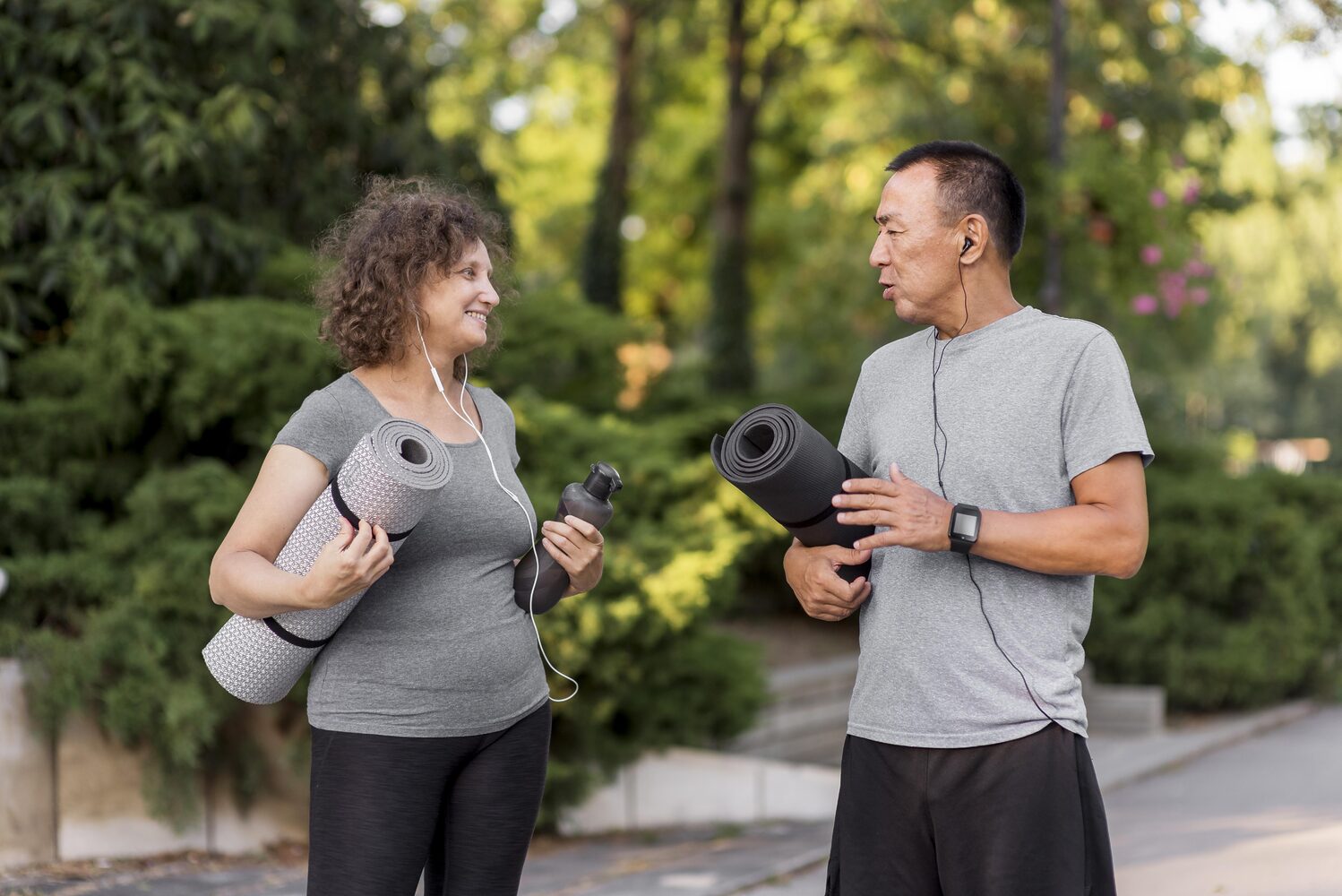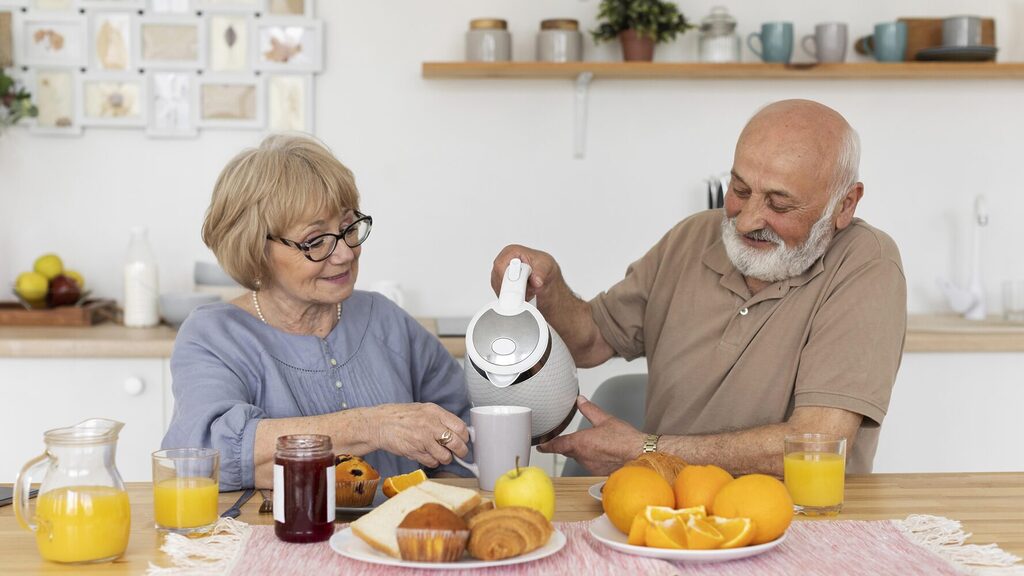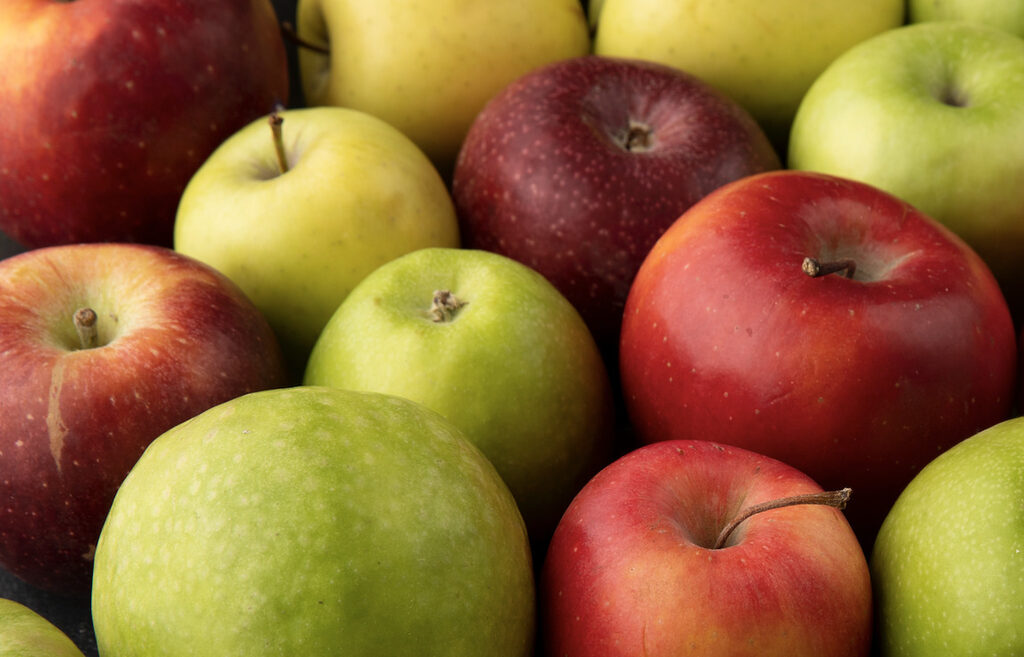Sports nutrition is a fundamental pillar of good health and creating a sense of well-being. However, in the age of social media, access to large quantities of information tends to create confusion about health choices, especially because of the many contradictory or false pieces of advice circulating on the web. As a result, many myths are being adopted as health solutions, which can lead to undesirable eating habits, health problems and unrealistic expectations.
With this in mind, let’s clarify and scientifically debunk 3 popular sports nutrition myths:
MYTH #1 Do we have to eat a lot of protein foods to gain muscle mass?
Not necessarily. Although protein rich foods are crucial for building and repairing muscle, eating too much of them does not give you a health advantage, and here’s why:
The daily quantity of protein foods depends on several factors, including the intensity of physical activity (moderate, vigorous), the type of sport chosen (walking, golf, swimming, pickleball), the frequency with which we practice our sport (2, 3…or 5 times a week), our body weight (overweight, lean, healthy), and are related to our personal goals (relax, compete, feel better,).
For these reasons, an excess of protein rich foods doesn’t necessarily promote greater muscle mass but can often have negative consequences on our heart, our waistline (by increasing it), and also our digestive system, especially the intestines and kidneys.
At your next nutritional appointment, I’ll be happy to calculate your specific nutritional requirements for protein rich foods and advise you on how to meet them in a healthy way!
MYTH #2 Are carbohydrate-rich foods preventing us from reaching our health goals?
False, carbohydrate-rich foods act as an important fuel source for our body.
For example, this category of food includes: fruit, whole-grain cereals, quinoa, barley and brown rice.
The carbohydrate-rich foods we ingest are converted into glucose and stored as glycogen in our muscles and liver to provide energy during physical activity. Carbohydrate-rich foods ensure that we don’t go hungry during exercise and doing so improve our personal performance by reducing our fatigue levels. For instance, endurance athletes such as long-distance runners, cyclists and swimmers rely mainly on carbohydrates to maintain their energy levels throughout their run.
You have 2 types of carbohydrate foods to choose from: complex carbohydrates rich in dietary fiber, such as whole grains, fruits and vegetables, and simple carbohydrates, such as fruit maple syrup and honey.
Simple carbohydrates contain less or no dietary fiber and provide quick energy before or during exercise,
MYTH #3 Are electrolyte sports drinks necessary for training?
It all depends. With multiple flavours and attractive packaging, it can be hard to know who electrolyte sports drinks are for and when to consume them.
In a nutshell, when it comes to short-duration physical activity (less than an hour), water is more than enough to keep you hydrated. Water is the most effective and natural drink for everyone, younger and older alike. As a matter of fact, did you know that on a temperate day, a minimum of 2.5 liters of water is lost in the form of sweat, urine and stool, imagine how much water is lost when playing a sport or on a hot summer day, especially when humidity soars?
Water is very effective at cooling the body since ”water acts as a heat pump for the body. During exercise, the body produces a lot of heat inside its cells, turning it into a furnace. Since body temperature cannot vary greatly…, efficient mechanisms are needed to dissipate this heat. Water, present in the muscle cell, captures this heat and carries it to the surface of the skin, where it can be dissipated by the evaporation of sweat.” (1)
As for sports drinks with electrolytes, they are useful for adults in specific circumstances, and not recommended for children (except during prolonged, vigorous activity). For example, sports drinks are effective when the sport activity lasts more than an hour, and especially in a hot environment where you’re likely to sweat a lot, resulting in a need to replenish electrolytes lost by the body during prolonged active sweating.
The definition of electrolyte sports drinks includes water, carbohydrate juice and electrolytes such as sodium and potassium.
Here are some alternative rehydration drink recipes to make at home (1) and can be frozen for 2 to 3 months
Examples of Homemade Electrolyte drinks
| Qty of juice (ml) | Qty of water (ml) | Qty of salt | Action |
| 1000 apple juice | 1000 | 3 ml / 0.5 tsp | mix |
| 750 grape juice | 1250 | 3 ml / 0.5 tsp | mix |
| 875 pineapple juice | 1125 | 3 ml / 0.5 tsp | mix |
| 1125 orange juice | 875 | 3 ml / 0.5 tsp | mix |
This drink is meant to be drank a few sips at a time, one hour after your physical activity has started and until the end. No need to drink it all in one sports event!
Finally, I encourage you to continue developing the athlete in you by creating incremental personal goals and practicing a well-balanced nutrition and hydration!
Thank you for taking your health to heart!
Your nutritionist,
Johanne Vézina, Dt.P.
- Ledoux, M., Lacombe, N. et St-Martin, G. (2019) Nutrition Sport et performance (3 e éd.) Vélo Québec
- Photo credit : freepik.com



